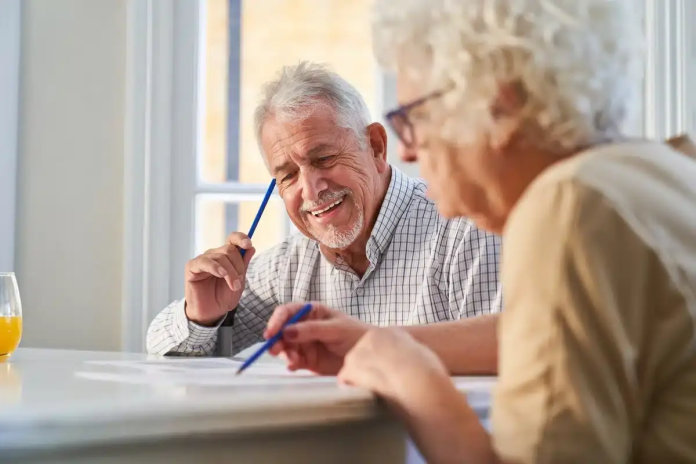Traumatic Brain Injury (TBI) presents complex challenges for individuals and their families, requiring comprehensive support strategies to facilitate recovery. Group homes specifically designed for individuals with TBI have emerged as a crucial component of the recovery process, offering tailored environments that promote both cognitive and physical rehabilitation. This article explores how these innovative living arrangements support individuals with TBI through specialized approaches and therapeutic interventions.
Understanding Traumatic Brain Injury
Traumatic Brain Injury results from an external force that impacts the brain, often leading to significant cognitive, physical, and emotional impairments. The severity of TBI can range from mild concussions to severe brain damage, necessitating a spectrum of therapeutic approaches. Recovery often involves addressing a range of issues, including memory deficits, motor impairments, and behavioral changes. Traditional rehabilitation methods, while effective, may not always address the holistic needs of individuals in the context of their daily lives.
Group Homes for Traumatic Brain Injury: A Tailored Approach
Group homes designed specifically for individuals with TBI offer a supportive, structured environment that is conducive to rehabilitation and recovery. These homes provide a blend of medical care, therapeutic activities, and social support, tailored to the unique needs of each resident. By integrating various aspects of rehabilitation into a residential setting, these group homes create a more comprehensive approach to recovery.
- Personalized Care Plans
In a group home for traumatic brain injury, each resident benefits from a personalized care plan that is developed in collaboration with medical professionals, therapists, and family members. These plans are designed to address specific cognitive and physical needs, including targeted therapies, medication management, and daily living support. This individualized approach ensures that each resident receives care that is aligned with their unique recovery goals. - Cognitive Rehabilitation
Cognitive rehabilitation is a cornerstone of recovery for individuals with TBI. Group homes provide access to specialized cognitive therapies that focus on improving memory, attention, problem-solving, and executive functioning. Through structured activities and therapeutic exercises, residents can work on cognitive skills in a supportive environment. Group activities and social interactions also play a role in reinforcing cognitive strategies and encouraging engagement. - Physical Therapy and Mobility Support
Physical recovery is equally important, and group homes are equipped to offer comprehensive physical therapy services. These may include exercises to improve strength, coordination, and balance, as well as interventions to address motor impairments. The group home environment allows for ongoing physical activity within a safe and supervised setting, promoting mobility and independence. - Behavioral and Emotional Support
Behavioral and emotional challenges are common among individuals with TBI. Group homes offer therapeutic support to address these issues, including counseling and behavioral therapy. The structured environment of the group home provides a stable framework for residents to work on coping strategies, emotional regulation, and social skills. Support groups and peer interactions within the home can also foster a sense of community and understanding. - Daily Living Skills and Independence
One of the key benefits of a group home for traumatic brain injury is the focus on developing daily living skills. Residents are supported in learning or re-learning essential activities such as cooking, personal hygiene, and household management. This practical approach helps individuals gain greater independence and improve their quality of life. - Family and Community Integration
Group homes recognize the importance of involving family members and integrating residents into the community. Family education and support programs are often part of the care plan, helping families understand the challenges of TBI and how best to support their loved ones. Additionally, group homes may facilitate community engagement and recreational activities, promoting social inclusion and connection.
Measuring Success and Outcomes
The effectiveness of group homes for TBI is evaluated through various metrics, including improvements in cognitive and physical functioning, quality of life assessments, and overall resident satisfaction. Regular assessments and adjustments to care plans ensure that residents continue to make progress and receive the support they need.
Conclusion
Group homes designed for individuals with traumatic brain injury represent a significant advancement in rehabilitation and recovery. By providing a structured, supportive environment that integrates personalized care, cognitive and physical therapy, and emotional support, these homes offer a holistic approach to addressing the complex needs of TBI survivors. As the field continues to evolve, innovative approaches within these settings will play a crucial role in enhancing the recovery and quality of life for individuals living with TBI.

